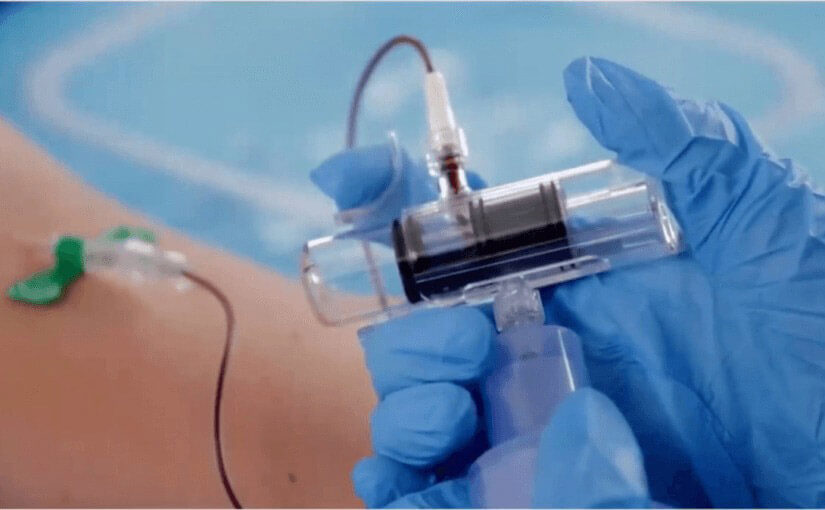New research from the University of Nebraska Medical Center (UNMC) has shown that a device called the SteriPath initial specimen diversion device (ISDD) can significantly reduce contamination of blood cultures, potentially reducing risky over-treatment and unnecessary use of antibiotics for patients.
A small percentage of blood cultures performed to diagnose infections are contaminated, due to skin fragments containing bacteria that are dislodged during the blood draw.
This contamination can lead to false positive results that can mislead clinicians into thinking a patient has a potentially serious bloodstream infection. This can lead to the unnecessary prescription of antibiotics and subsequently contributes to the growing risk of antibiotic resistance.
The ISDD is a sterile blood collection system that diverts and sequesters the first 1.5 to 2 milliliters of blood – which often carries contaminating skin cells and microbes. This part of the blood is discarded before testing.
The UNMC study involved comparing 1800 blood cultures – one using standard procedures and one using the ISDD for each of the 900 participating patients. The results showed an 88% decrease in false positives with the ISDD compared to standard procedures – from a rate of 1.78% to 0.2%.
Mark Rupp MD, professor and chief of the UNMC Division of Infectious Diseases was the lead author of the study and noted;
“A lot of people think this is a minor problem. However, contaminated blood cultures are a big deal. Physicians can be led astray and patients may be harmed by additional tests and unnecessary antimicrobial therapy.
What is important about this device is it can greatly limit the blood culture from being contaminated, so physicians are rarely fooled by false-positive results. It gives clinicians confidence that results are accurate.”
The accuracy of Australian pathology is extremely high and every mechanism is used by pathologists to minimise the risk of false positives and negatives. However, even when operating at the highest level of quality these issues can occasionally arise. Those working in pathology are constantly seeking ways to minimise the chance of errors and this new research and device may assist them.
The results are published online in the journal Clinical Infectious Diseases.

